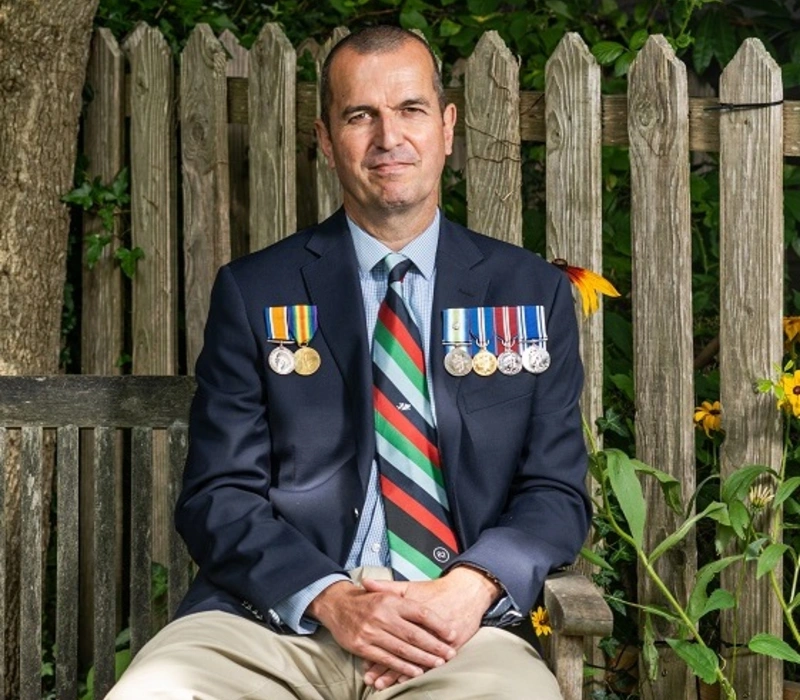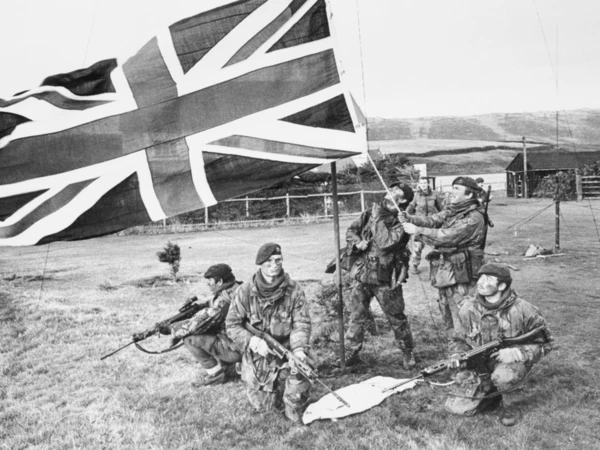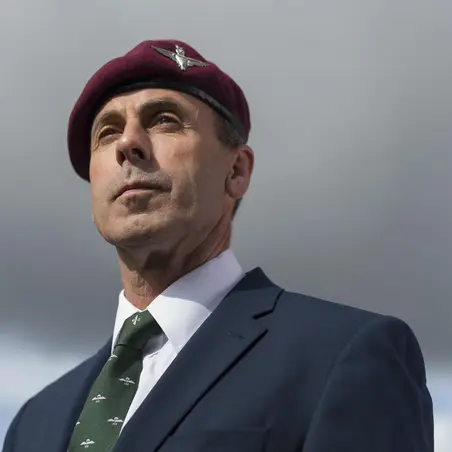
On the 2 April 1982, Argentine forces invaded the British overseas territory of the Falkland Islands, sparking one of the largest major conflicts since WW2.
Lasting 74 days, the conflict was the first military action since the Second World War that utilised all elements of the Armed Forces.
255 British personnel lost their lives defending the Falklands, of whom 86 were Royal Navy, 124 Army, 27 Royal Marines, six Merchant Navy, four Royal Fleet Auxiliary and eight Hong Kong sailors. Seven ships were also lost to enemy action and nine aircraft shot down.
Remembering The Falklands
Contested lands
Sovereignty over the Falkland Islands and its territorial dependencies, South Georgia and the South Sandwich Islands, had long been challenged.
Argentina claimed that the land, which they call the Islas Malvinas, belonged to them because of its natural proximity to the South American mainland. They also asserted that it was rightfully inherited from the Spanish Crown in the 1800s.
Britain’s claim rested on the idea of self-determination, and that the people who inhabited the island wished to be governed by Britain.
Invasion



Task Force sets sail
The British response to this attack was swift.
On 5 April 1982 the first ships, including HMS Hermes and HMS Invincible, set sail towards the Falklands.
In total, the task force was compromised of 127 ships carrying a reinforced 3 Commando Brigade with 2nd and 3rd Battalions, the Parachute Regiment attached, along with other units including a reinforced troop from The Blues and Royals.

My big wake-up call was when the skipper announced over the tannoy that HMS Sheffield had been sunkJohn SheppardChef on MSV Stena Seaspread
John's story
Operation Black Buck
Huge losses incurred
Casualties from both sides were to follow. On 4 May HMS Sheffield became the first British warship lost in action since WW2 when it was hit by an Exocet missile, leading to the death of 20 crew members.
Two days previously British submarine, HMS Conqueror, had torpedoed and sank the Argentine vessel, ARA General Belgrano, leading to the death of 323 Argentine sailors.
Reinforcements

30,000
Reclaiming the Falklands
These landings were almost unopposed but the Royal Navy continued to suffer from Argentine air attacks in what became known as the Battle of San Carlos.
Three Royal Navy ships, the HMS Ardent, HMS Antelope and HMS Coventry, were sunk in the space of four days, with 42 crew members lost in total.

We took multiple cannon hits and 14 of our crew were injuredCharlie ThrefallServed on HMS Broadsword
Charlie's story
Goose Green

Eighteen British Paratroopers were killed, including Colonel ‘H’ Jones, who lead the battalion and was posthumously awarded the Victoria Cross for his service. On the Argentine side, 55 were killed and 961 were captured.

It was a frenetic, exhausting timeNicci PughNurse who treated injured troops on hospital ship SS Uganda
Nicci's story
Final push towards victory
On 11 June, a series of attacks were launched on the high ground west of Stanley. Mount Harriet, Mount Longdon and Two Sisters were all captured from Argentine forces by the next morning.
As part of the second phase of attacks, Mount Tumbledown, Mount William and Wireless Ridge were captured on the night of 13-14 June.

It was mayhem, with friendly and enemy artillery fire dropping all over the placeTrevor BradshawFought at Battle of Mount Longdon with 3 Para
Trevor's story
Surrender
The aftermath
After the capture of Stanley, other operations continued to take place which fully secured British victory, leading to the surrender of Argentine troops in West Falkland and in the South Sandwich Islands and Southern Thule.
The repatriation of Argentinian prisoners of war soon begun, with 10,250 prisoners returned to Argentina by 20 June.

British troops were finally able to make their way home, with huge crowds gathering in Portsmouth and Southampton to welcome them back.
40 years on, many Falklands veterans and their families still live with the consequences of the conflict, and the RBL are here to provide support and comradeship to anyone affected by the Falklands War.











